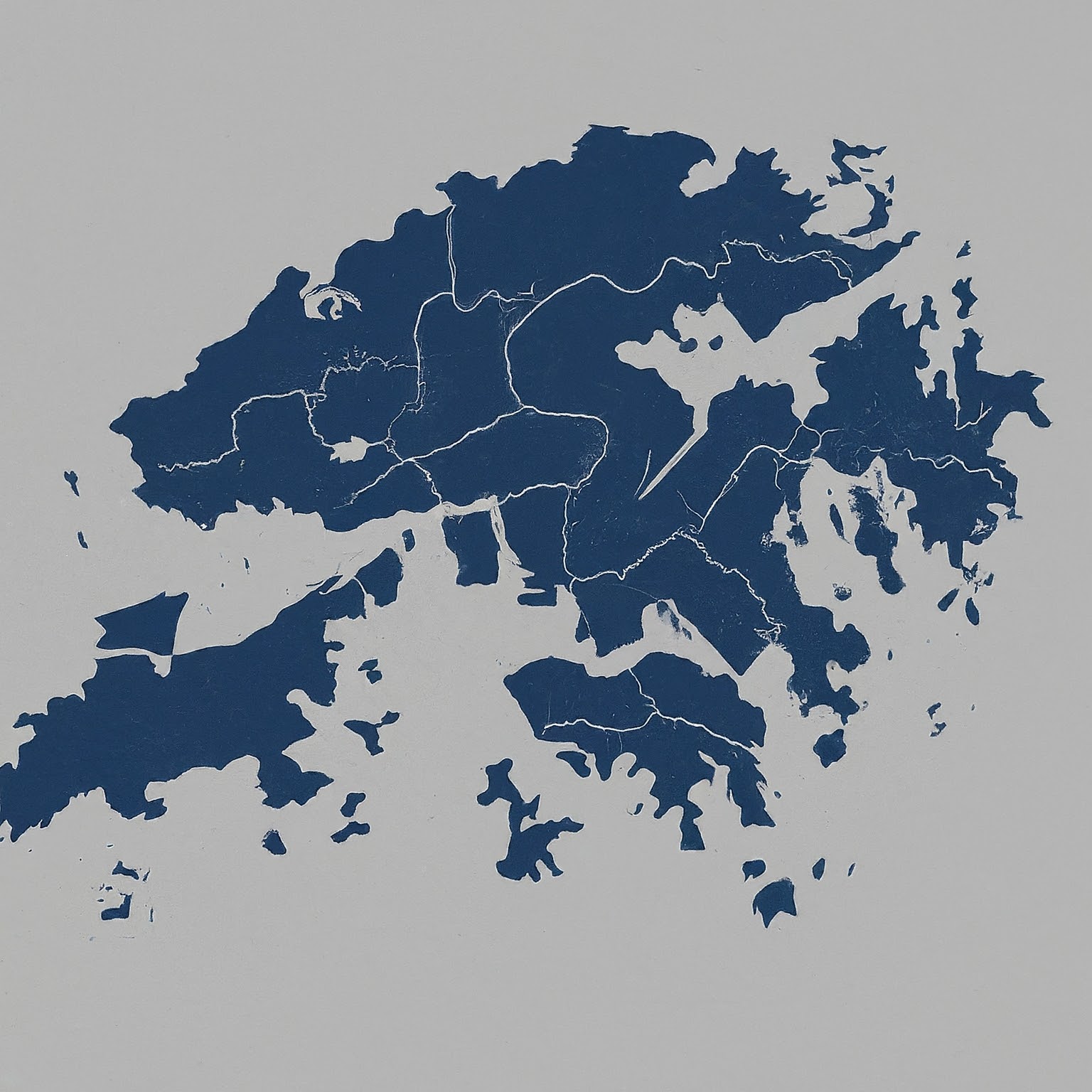The +7 country code is primarily associated with Russia. However, it’s important to note that it is also used by Kazakhstan. Historically, both countries were part of the Soviet Union, which explains the shared code. In this article, we delve into the history, allocation, and current usage of the +7 country code.
Historical Background
The +7 country code was initially assigned to the Soviet Union. After its dissolution in 1991, Russia inherited the code. Kazakhstan retained it as well, due to the integrated telecommunications infrastructure that existed during the Soviet era.
Allocation and Usage
Russia: The +7 country code is the primary international dialing code for Russia. It encompasses all regions within the country, including major cities like Moscow, Saint Petersburg, and Novosibirsk.
Kazakhstan: In Kazakhstan, the +7 country code coexists with the newer +997 code, which was introduced in 2006. However, the +7 code remains widely used, especially for landline numbers.
Disputed Territories: The +7 country code is also used in certain disputed territories that are internationally recognized as part of other countries but are under Russian control. These include Abkhazia and South Ossetia (Georgia), as well as Crimea (Ukraine).
How to Dial +7
To dial a number within the +7 country code region, follow these steps:
- Dial the international access code (e.g., 00 for many countries, 011 for the US and Canada).
- Dial 7, the country code.
- Dial the area code (if applicable).
- Dial the local phone number.
Example: To call a Moscow landline, you might dial 00 7 495 xxx xxxx (where xxx xxxx is the local number).
The +7 Country Code in the Modern Era
The +7 country code has faced some challenges in recent years due to geopolitical tensions and disputes over territories. Some countries have called for the reassignment of the code or the implementation of separate codes for disputed regions. However, as of now, the +7 code remains in use for both Russia and Kazakhstan.
Future Outlook
The future of the +7 country code is uncertain. While there have been proposals for change, no concrete actions have been taken yet. It’s possible that the code could eventually be replaced or subdivided, but for now, it remains an integral part of telecommunications in the region.
Additional Considerations
- Mobile Codes: In both Russia and Kazakhstan, mobile numbers typically have their own prefixes (e.g., +7 9xx xxx xxxx for Russian mobile numbers).
- Calling Cards: If you’re calling from a country with expensive international rates, you may be able to save money by using a calling card specifically for the +7 region.
- Time Zones: Russia spans multiple time zones, so be mindful of the time difference when calling.
The Importance of Understanding Country Codes
Country codes are essential for international communication. They not only facilitate dialing but also provide valuable information about the location and origin of a phone number. Knowing which country code is +7 can help you identify calls from Russia or Kazakhstan and ensure you’re dialing correctly when contacting these countries.
Conclusion
The +7 country code has a complex history and current usage, reflecting the geopolitical landscape of the region. Whether you’re a traveler, businessperson, or simply curious about international dialing, understanding the +7 code is crucial for effective communication. As the world becomes increasingly interconnected, the significance of country codes like +7 will only continue to grow.

لا تعليق